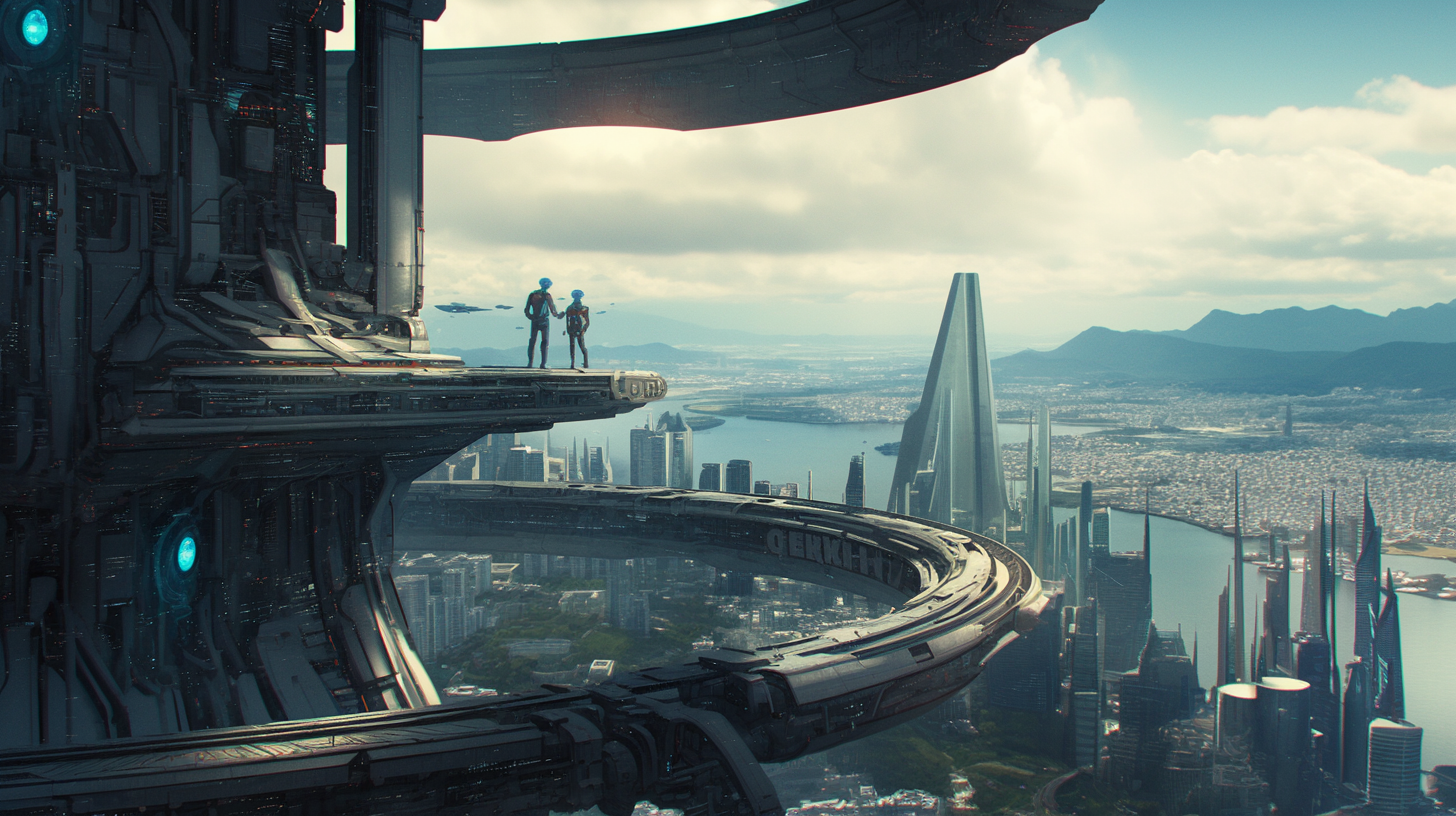
Make it stand out
Strucures
BASE SITI
1. Size & Layout of the Base
Total Base Size: Approximately 720,000 - 800,000 square feet (67,000 - 74,000 m²)
Base Footprint: Around 900 ft x 900 ft (275m x 275m), with multiple underground and elevated sections.
Hangar (for aircraft, drones, and vehicles) - 100,000 sq ft (9,300 m²)
Manufacturing & Machine Shop - 80,000 sq ft (7,400 m²)
Storage & Inventory (food, ammo, supplies) - 50,000 sq ft (4,600 m²)
Training Facility - 120,000 sq ft (11,150 m²)
Research & Medical Wing - 80,000 sq ft (7,400 m²)
Command & Security Center - 30,000 sq ft (2,800 m²)
Living Quarters (for 10+ people) - 10,000 sq ft (930 m²)
Nuclear Reactor & Shielding - 50,000 sq ft (4,600 m²)
Armory & Firing Range - 40,000 sq ft (3,700 m²)
Defensive Systems (Railgun, Lasers, AA systems) - 150,000 sq ft (13,900 m²)
Lookout Tower & Sniper Post - 10,000 sq ft (930 m²)
Base Siti: The Floating Fortress of the Future
Suspended high above the Earth's surface, Base Siti is a marvel of future engineering, seamlessly blending military strength, research excellence, and self-sufficiency into a single airborne command center. Designed with cutting-edge advancements in propulsion, energy, and material sciences, this floating stronghold is not just a base—it is a symbol of the technological frontier humanity is poised to reach within the next 400 years.
At the core of Base Siti’s levitation system is Superconducting Magnetic Levitation (MagLev), allowing the entire structure to float effortlessly with minimal energy demands. Fusion-powered plasma thrusters provide precise altitude control, ensuring stability even in the face of extreme atmospheric conditions. The base’s heavy weaponry is counterbalanced by Electromagnetic Recoil Compensation, allowing it to fire devastating railgun projectiles and energy-based defenses without destabilizing its position. Furthermore, advanced Gravity-Resistant Materials reduce the base’s effective mass, making it far more maneuverable than its size would suggest.
Functionally, Base Siti is more than a military outpost—it is an independent, high-tech city in the sky. It houses vast manufacturing facilities capable of rapidly fabricating weapons, drones, armor, and critical base components using autonomous 3D metal printers and robotic machine shops. A sprawling training complex allows for live-fire drills, combat simulations, and biomechanical enhancement testing, featuring everything from tactical courses and exosuit trials to hydrotherapy recovery pools. The research and medical wing is a frontier of human advancement, equipped with AI-assisted diagnostics, cybernetics development, and even bioweapons containment zones for high-risk experimentation.
Operational security is managed from a state-of-the-art Command and Surveillance Center, where AI-driven monitoring systems, encrypted communications hubs, and cyber-defense protocols ensure the base remains impenetrable. An extensive armory and live-fire range houses advanced weaponry, including an electromagnetic railgun capable of firing hypersonic projectiles at Mach 7+, long-range sniper systems, and a self-sustaining laser defense grid with the ability to deliver precision strikes or suppress enemy advances.
Despite its formidable nature, Base Siti is also designed for longevity and resilience. A fusion reactor core provides near-limitless power, safeguarded by multi-layered plasma shielding and emergency coolant reserves to ensure absolute containment. High-efficiency storage facilities, complete with smart inventory management and automated spoilage detection, allow the base to sustain its crew for extended periods without resupply. Even its transport systems are meticulously designed, with VTOL pads and underground launch facilities enabling rapid deployment of aircraft, drones, and ground units at a moment’s notice.
Structurally, the base spans an estimated 720,000 to 800,000 square feet, with a footprint of approximately 900 feet by 900 feet (275m x 275m). The surface level holds the command hub, hangar, training grounds, and defense systems, while underground sections house manufacturing, energy production, and high-security detention facilities. Every aspect of its design is optimized for efficiency, self-reliance, and combat superiority.
Could a floating fortress of this scale be built within the next 400 years? Given our trajectory in fusion power, artificial intelligence, advanced materials science, and automated defense systems, the answer is a resounding yes. Graphene composites and carbon-nanotube superstructures will make the base both lightweight and nearly indestructible. Fusion reactors, already in development today, will provide the necessary energy to keep such a massive structure airborne indefinitely. AI-driven logistics and quantum computing will handle everything from defense coordination to resource distribution, ensuring seamless functionality with minimal human oversight.



